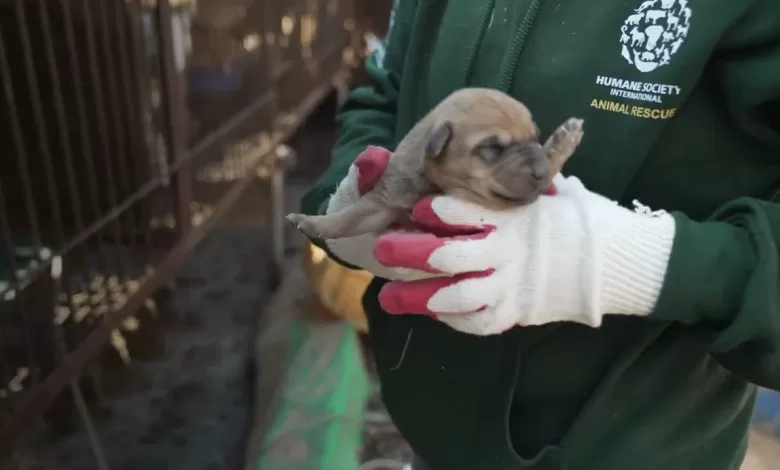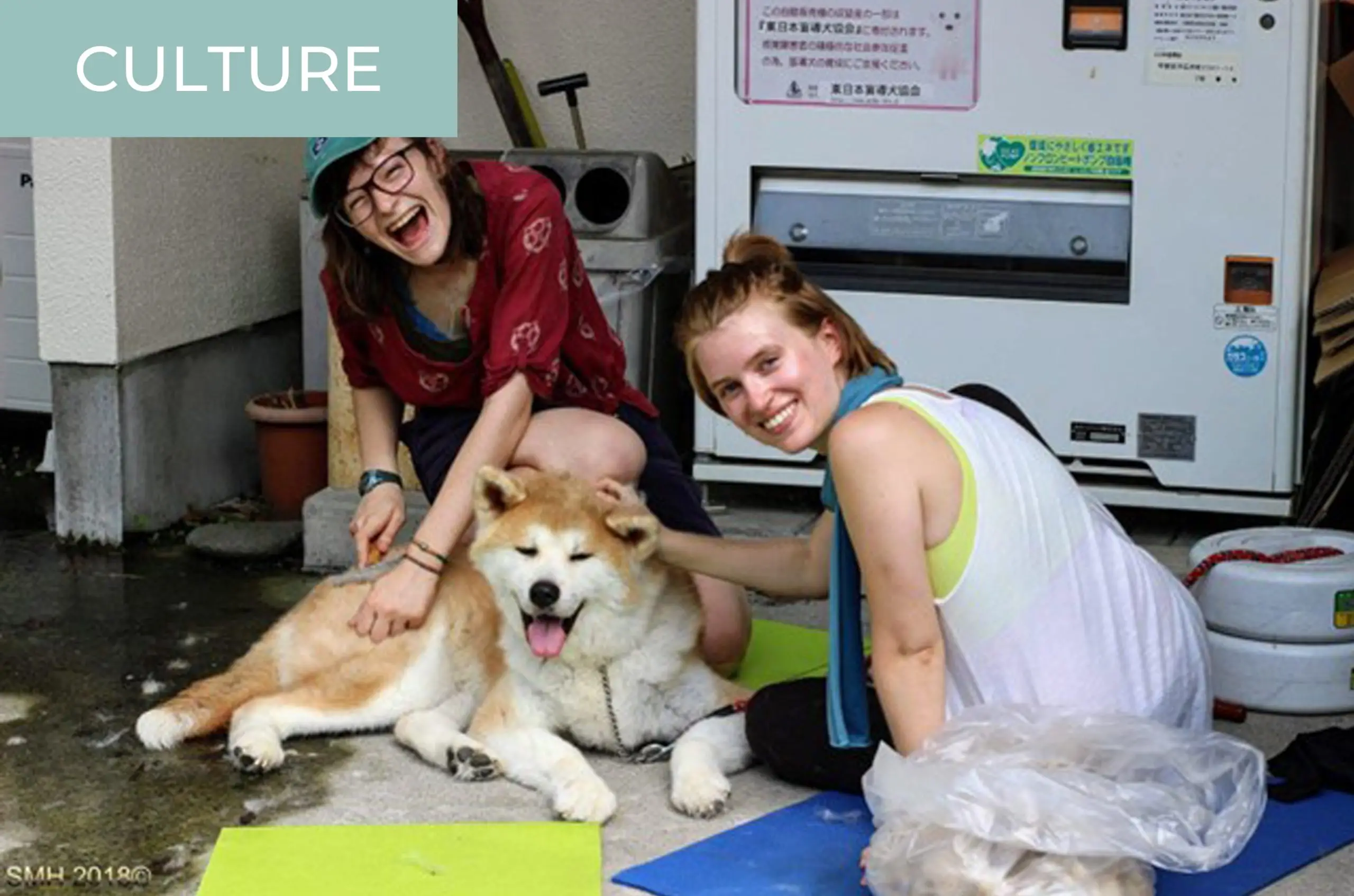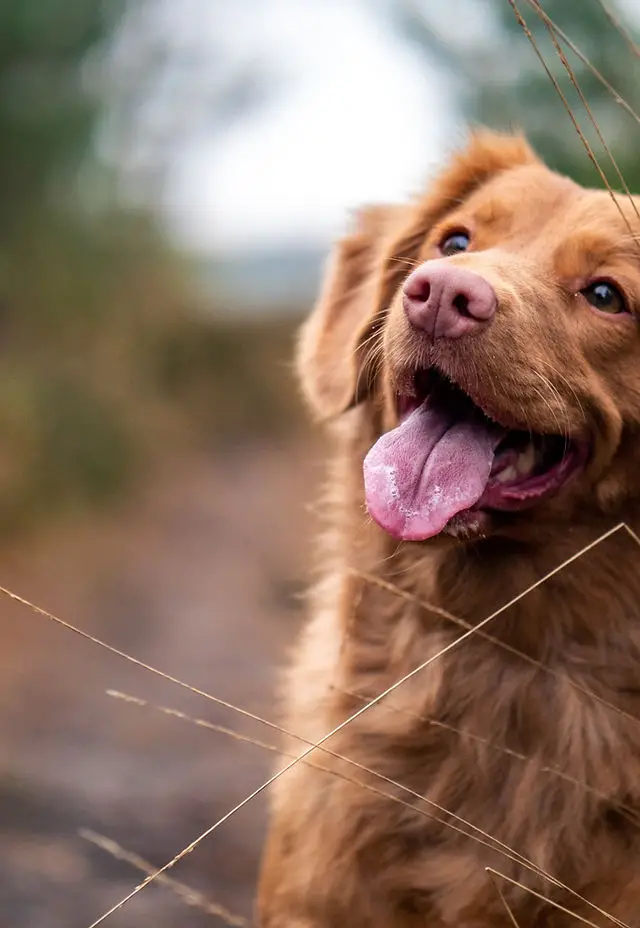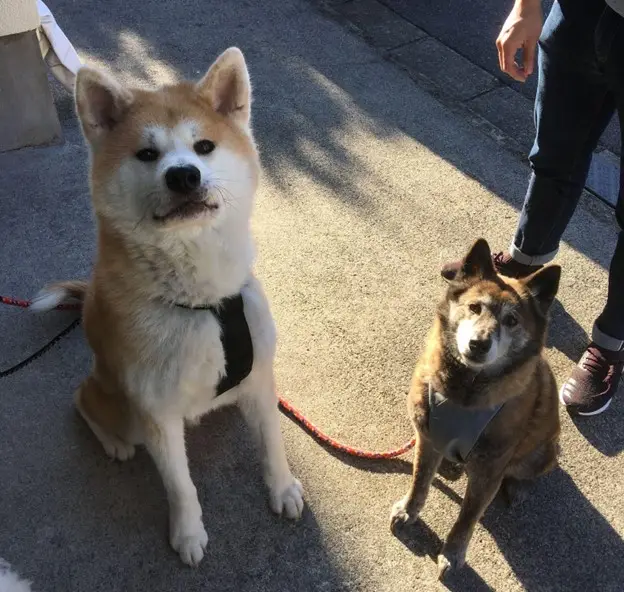Grassroots Animal Rescue How Ordinary People Are Making a Difference

Grassroots animal rescue organizations are essential to the welfare of animals in our communities. They are often the first responders to animal cruelty and neglect cases, and they provide vital services such as food, shelter, and medical care to animals in need. Grassroots animal rescues also play an important role in educating the public about responsible pet ownership and the need to spay and neuter pets.
The Importance of Grassroots Animal Rescue
Here are some of the reasons why grassroots animal rescue is so important:
- They provide a vital safety net for animals in need. Grassroots animal rescues are often the only resource available to animals who have been abused, neglected, or abandoned. They provide a safe haven for these animals until they can be placed in loving homes.
- They play a key role in reducing animal overpopulation. Grassroots animal rescues spay and neuter all of the animals they adopt out, which helps to reduce the number of unwanted animals in our communities. This also helps to reduce the number of animals euthanized in shelters each year.
- They educate the public about animal welfare. Grassroots animal rescues work to educate the public about responsible pet ownership and the importance of spaying and neutering pets. They also advocate for animal welfare policies and legislation.
Grassroots animal rescues are funded primarily by donations from individuals and businesses. They rely on volunteers to provide essential services such as caring for animals, transporting them to veterinary appointments, and helping to find them homes.
If you are interested in supporting grassroots animal rescue, there are many ways to get involved:
- Donate to a local grassroots animal rescue organization. Even a small donation can make a big difference in the life of an animal in need.
- Volunteer your time to a local grassroots animal rescue organization. There are many ways to volunteer, such as caring for animals, transporting them to veterinary appointments, and helping to find them homes.
- Adopt a pet from a local grassroots animal rescue organization. When you adopt from a rescue, you are giving a homeless animal a second chance at life.
- Educate others about the importance of grassroots animal rescue. Share information about grassroots animal rescue organizations with your friends and family, and encourage them to support these organizations.
Grassroots animal rescue organizations are essential to the welfare of animals in our communities. By supporting grassroots animal rescue, you can help to make a difference in the lives of animals in need.
Getting Involved in Grassroots Animal Rescue: How to Start
If you’re interested in getting involved in grassroots animal rescue, there are several ways to do so. Here are some steps you can take:
- Do your research – learn about the different grassroots animal rescue organizations in your area or online.
- Reach out to these organizations to find out what their needs are. Many organizations can use volunteers, fosters, donations, or supplies.
- Participate in events or fundraisers – this is a great way to meet other animal lovers and support the organization.
- Spread awareness about animal welfare issues and encourage others to get involved. Share information on social media or host your own fundraiser.
Remember, every little bit counts. Even if you can only spare a few hours a week, it can make a difference in an animal’s life.
Challenges Faced by Grassroots Animal Rescue Organizations
Grassroots animal rescue organizations face several challenges. One of the biggest challenges is funding. Many organizations rely solely on donations, grants, or fundraisers, which can be unpredictable. This makes it difficult for them to plan and carry out long-term projects.
Another challenge is finding volunteers who are willing to dedicate their time and effort to help animals. Many grassroots organizations are run by just a handful of people, who often become overwhelmed with work.
Additionally, there is also a lack of support and recognition from established animal rescue organizations and government agencies. Grassroots organizations often face stiffer regulations and requirements than established organizations, making it more challenging for them to operate effectively.
How Animal Rescue Incorporated is Saving Lives of Abandoned Animals
Success Stories of Grassroots Animal Rescue
Despite the challenges, there have been many success stories of grassroots animal rescue. For instance, Paws 4 You Rescue, a nonprofit organization based in Miami, has rescued over 7,000 animals since its inception in 2007. The organization provides shelter, medical care, and rehabilitation to abandoned dogs and cats. It also works towards educating the public on responsible pet ownership.
Another example is Austin Pets Alive in Texas. This organization has saved over 100,000 animals since it was founded in 2008. It focuses on providing a “no-kill” shelter model to keep animals alive until they are adopted, and offering low-cost veterinary services to the community.
Fundraising Strategies for Grassroots Animal Rescue Groups
Grassroots animal rescue organizations need to raise funds to support their initiatives. Here are some effective fundraising strategies:
- Crowdfunding – this is a great way to raise funds for specific projects or needs.
- Events – organize fundraising events such as charity walks, auctions, or raffles.
- Merchandise – sell merchandise such as t-shirts, calendars, or other animal-related products.
- Partnership with local businesses – find local businesses willing to donate a portion of their profits to your organization.
- Apply for grants – many organizations offer grants specifically for animal welfare initiatives.
The Role of Social Media in Grassroots Animal Rescue
Social media has become an essential tool for grassroots animal rescue organizations. It helps organizations reach a wider audience and spread awareness about animal welfare issues. Organizations can use social media to share success stories, announce events or fundraisers, and recruit volunteers or fosters.
Additionally, social media can also be used to connect with other grassroots organizations and collaborate on initiatives.
Volunteer Opportunities in Grassroots Animal Rescue
Grassroots animal rescue organizations rely heavily on volunteers to help them carry out their work. Here are some volunteer opportunities:
- Fostering – provide temporary homes for animals until they find their permanent home.
- Adoption events – assist with adoption events by helping set up, clean up, and interact with potential adopters.
- Fundraising – help organize and run fundraising events or campaigns.
- Shelter work – assist with daily care tasks such as feeding, cleaning, and socializing with animals.
- Transport – help transport animals to and from the shelter, vet appointments, or adoption events.
- Administrative work – assist with paperwork, data entry, or other administrative tasks.
There are many ways to get involved in grassroots animal rescue. Volunteers can choose the role that best suits their skills and interests.
How Grassroots Animal Rescue Can Help Combat Animal Overpopulation
Animal overpopulation is a significant issue worldwide. It leads to overcrowded shelters, increased euthanasia rates, and a strain on resources for animal welfare organizations. Grassroots animal rescue can play a crucial role in combating animal overpopulation by spaying and neutering animals and promoting responsible pet ownership.
Many grassroots organizations offer low-cost spay and neuter programs, which can reduce the number of animals entering shelters. They also educate the public on the importance of spaying and neutering and offer resources and support to pet owners.
Collaboration between Grassroots and Established Animal Rescue Organizations
Collaboration between grassroots and established animal rescue organizations is essential for improving animal welfare. Established organizations have more resources, funding, and connections than grassroots organizations. However, grassroots organizations often have a closer connection to the community and are better equipped to address specific needs.
Collaboration can take many forms, including sharing resources, working together on initiatives, or providing mentorship and guidance to grassroots organizations.
The Future of Grassroots Animal Rescue
The future of grassroots animal rescue looks promising. As more people become aware of animal welfare issues, there will be an increase in demand for grassroots organizations. Additionally, advances in technology and social media will make it easier for these organizations to reach a wider audience and get the support they need.
However, there are also challenges ahead, such as increased competition for funding and resources and more stringent regulations and requirements.
Despite the challenges, grassroots animal rescue organizations will continue to make a difference in animals’ lives. Ordinary people who are passionate about animal welfare will continue to dedicate their time, money, and effort to help animals in need.
Conclusion
Grassroots animal rescue is a crucial part of the fight for animal welfare. These organizations provide shelter, food, medical care, and rehabilitation to animals in need. They also work towards educating the public and advocating for changes in laws and policies that affect animal welfare.
Getting involved in grassroots animal rescue can be a rewarding experience. There are many ways to get involved, from volunteering to fundraising. By working together, we can make a difference in animals’ lives and create a better future for them.












